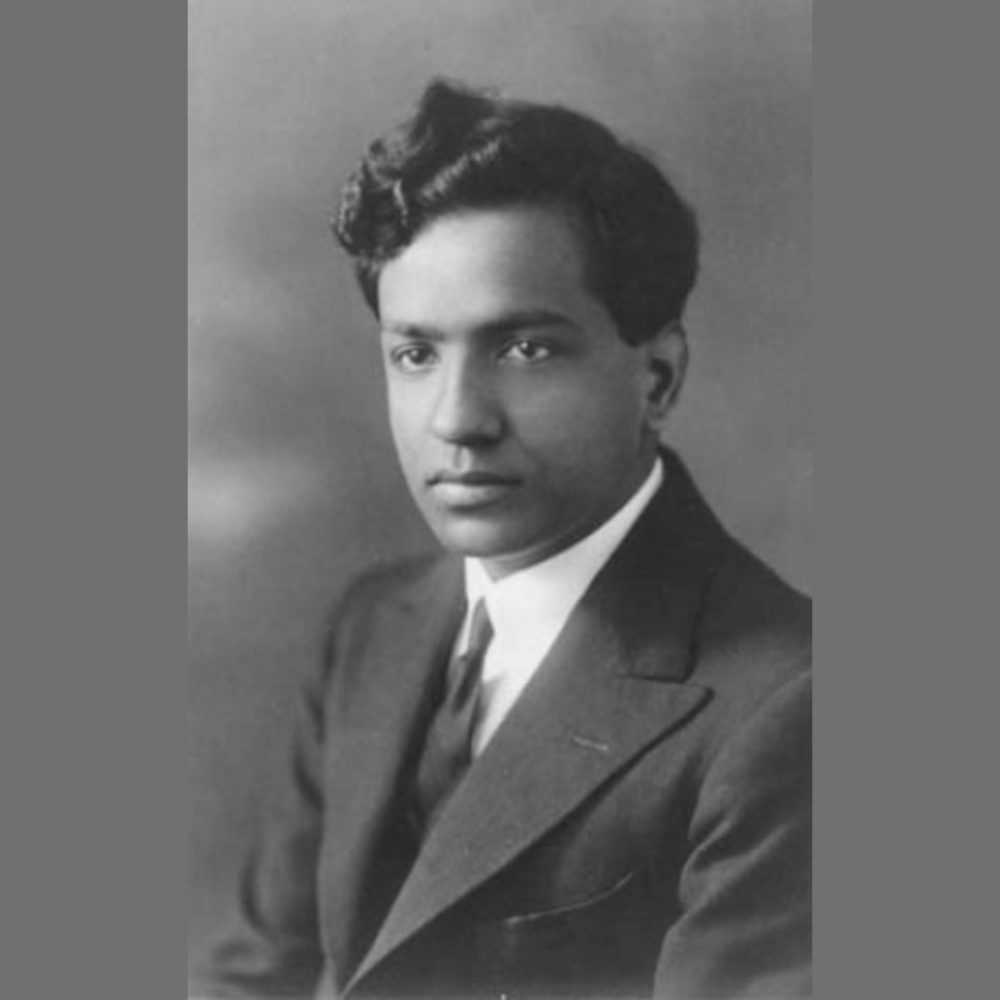
Subrahmanyan Chandrasekhar: A Guiding Star
Recommended for Preparatory Grades
Let’s dive into Subrahmanyan Chandrasekhar’s cosmic adventure. This guy was a genius, cracking the code on massive stars. He found out how they end up as neutron stars or black holes. His work? It changed the game in astrophysics. Imagine uncovering the universe’s mysteries, and that’s what he did. Chandrasekhar’s theories light up our understanding of stars, making him a legend in the cosmos.
So, next time you look up at the night sky, remember Chandrasekhar’s contributions. They’re out of this world!
Listen to Chandrasekhar’s Inspiring Journey
Innovation Journey
Early Life and Education
Let’s dive into the incredible start of a legend, Chandrasekhar. Born in Lahore on October 19, 1910, this genius was destined for greatness. Coming from a brainy family, with an uncle who snagged a Nobel Prize, Chandra was no stranger to the world of science. He kicked off his education at home, moving on to crush physics by 14 at Presidency College, Madras. Imagine, at 18, he already had his first academic paper out there!
So, here’s the deal: Chandrasekhar wasn’t just any student. By 20, he wrapped up a B.Sc. Honors in physics. That’s right, his brilliance scored him a ticket to the University of Cambridge for his Ph.D., all thanks to a scholarship. Talk about setting the stage for a groundbreaking career in physics!
Cambridge and Europe: A Crucible of Innovation
Imagine this: a young visionary steps into Cambridge, a place buzzing with ideas. Under Ralph Fowler’s wing, Chandrasekhar starts piecing together puzzles that would later dazzle the world. Picture him, sailing to Britain, where his brain gears churn non-stop, crafting theories that would immortalize his name.
Now, mix in meetings with stars like Max Born and Niels Bohr across Europe. These aren’t just chats; they’re epic brainstorming sessions, sharpening Chandrasekhar’s mind. By 22, he’s not just a Ph.D. holder; he’s a Cambridge Fellow, ready to take on the cosmos.
Here’s the scoop: At Cambridge, Chandrasekhar blends classical physics with Einstein’s game-changing theories, tackling mysteries of white dwarf stars. This isn’t just homework; it’s the blueprint for his Nobel Prize glory. His European academic tour? A networking goldmine, collaborating with future Nobel winners.
Star’s Destiny
Star Legacy
Alright, folks, let’s wrap this up. Subrahmanyan Chandrasekhar, what a legend, right? His journey’s like something out of a movie. From British India to Nobel glory, it’s all about never giving up. And his work? Totally changed the game in understanding the stars and beyond. It’s not just about the awards; it’s how he made us see our universe in a whole new light.
His theories keep getting the thumbs up from science, proving he’s still guiding us through the cosmos.
Chandrasekhar, a true star, lighting the way for all the curious minds out there. Keep exploring, guys, who knows what mysteries we’ll uncover next?
Similar Stories
- Find Your Universe: Astrophysicist Passion
- Vikram Sarabhai: Father of Indian Space!
- The Legacy of Yuri Gagarin Explored!
![]()
Curious Times is a leading newspaper and website for kids. We publish daily global news aligned to your learning levels (also as per NEP 2020): Foundational, Preparatory (Primary), Middle and Senior. So, check out the News tab for this. We bring kids’ favourite Curious Times Weekly newspaper every weekend with top news, feature stories and kids’ contributions. Check out daily JokesPoke, Tongue Twisters, Word of the Day and Quote of the Day, kids need it all the time.
ME – My Expressions at Curious Times is your place to get your work published, building your quality digital footprint. And it is a good way to share your talent and skills with your friends, family, school, teachers and the world. Thus, as you will step into higher educational institutes your published content will showcase your strength.
Events, Quizzes and Competitions bring students from over 5,000 schools globally to participate in the 21st-Century themes. Here schools and students win certificates, prizes and recognition through these global events.
Sign-up for your school for FREE!
Communicate with us: WhatsApp, Instagram, Facebook, Youtube, Twitter, and LinkedIn.
0 (Please login to give a Curious Clap to your friend.)
